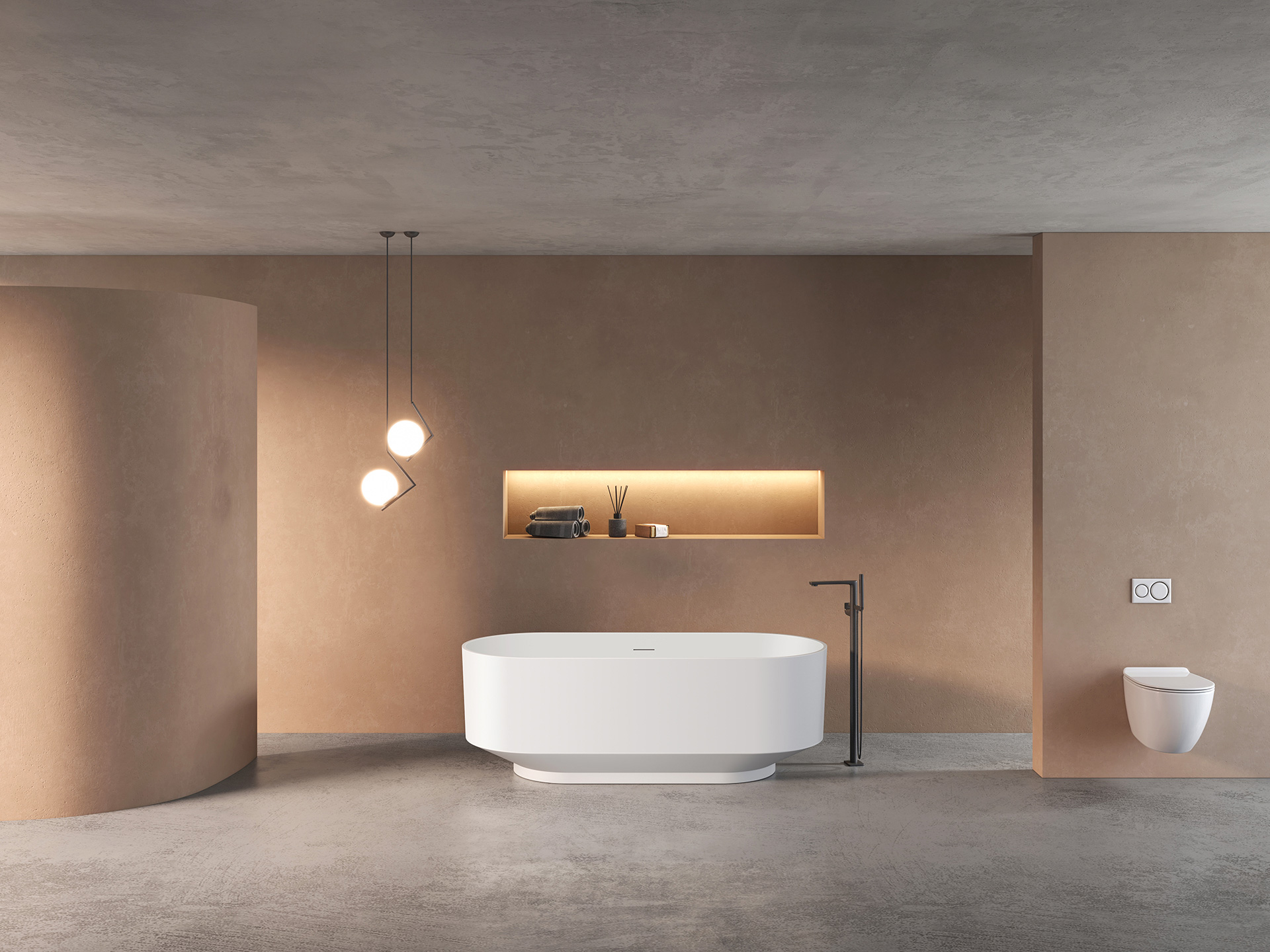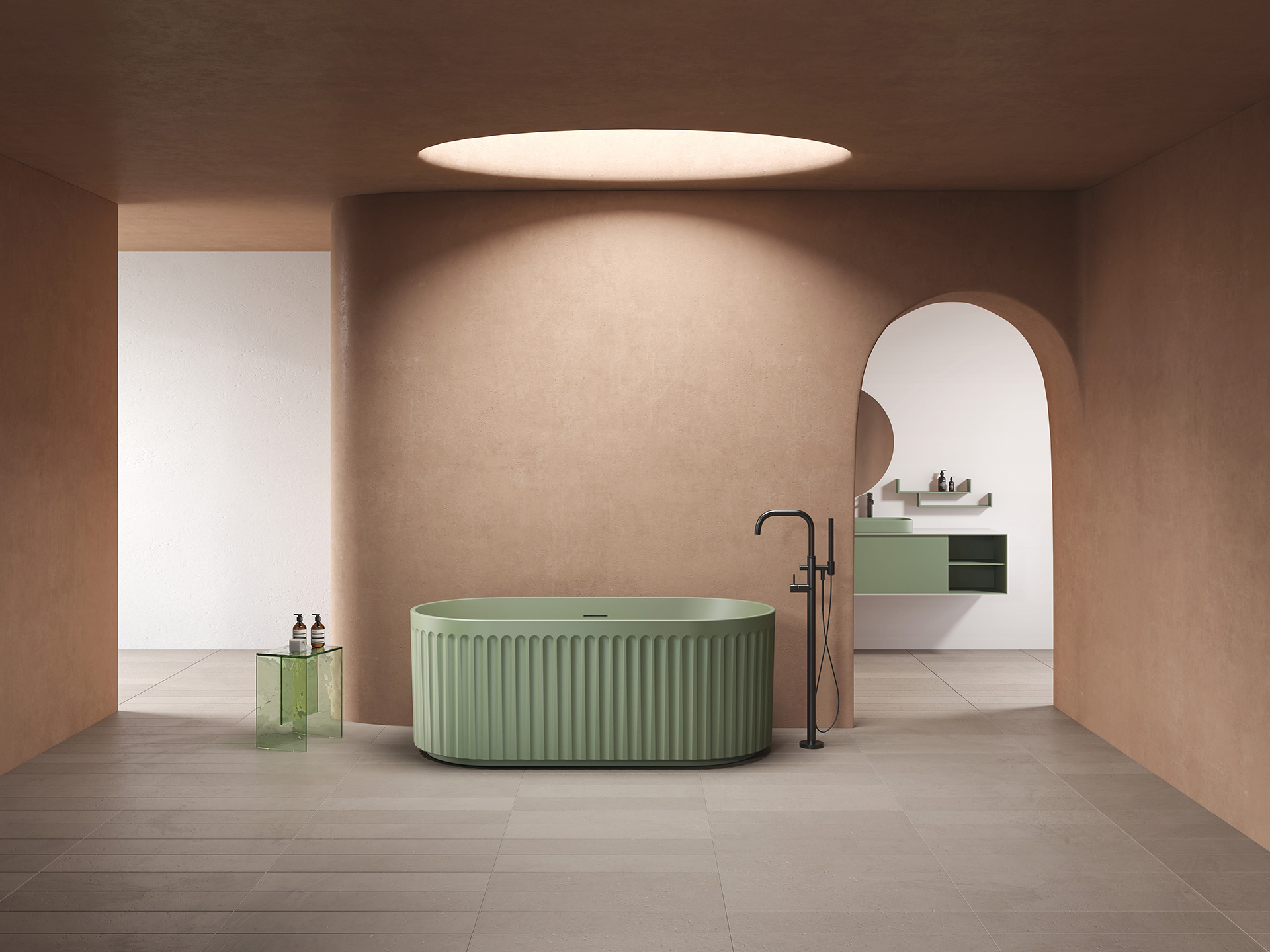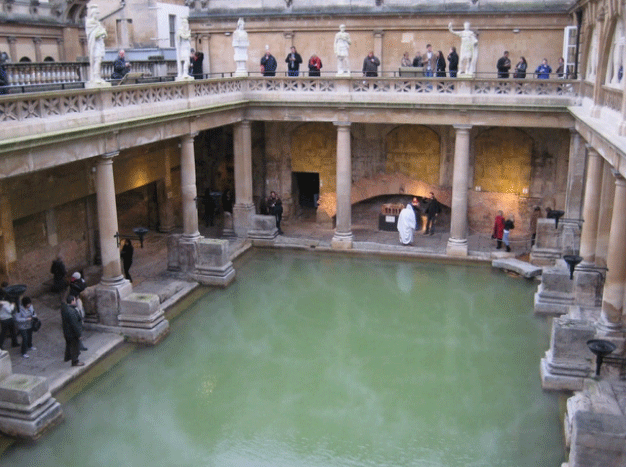
Bathing represents cleanliness and is an innate behavior of human beings. However, bathing was not considered a good habit at the beginning, and its development and change have gone through several stages. Bathing methods are ever-changing in different eras. Who would have thought that the ancients could play better than us? The way we bathe today is actually very “simple”.
1. Bathing Customs in Greco-Roman Era
The origin of Western bathing culture is very early, but the most similar “modern” bathing methods have to start from the Greco-Roman era. The mountains in Greece are stretched and the climate is humid, which is very easy to cause discomfort such as sweating and fatigue. The ancient Greeks often kept themselves clean by swimming in the sea and washing their bodies in rivers. Due to their enthusiasm for bathing, the residents of the Greek era knew how to build aqueducts and public baths to ensure a stable water source, and socialize in the form of “collective bathing”. This custom is said to have spread from places such as the ancient Near East and Egypt.
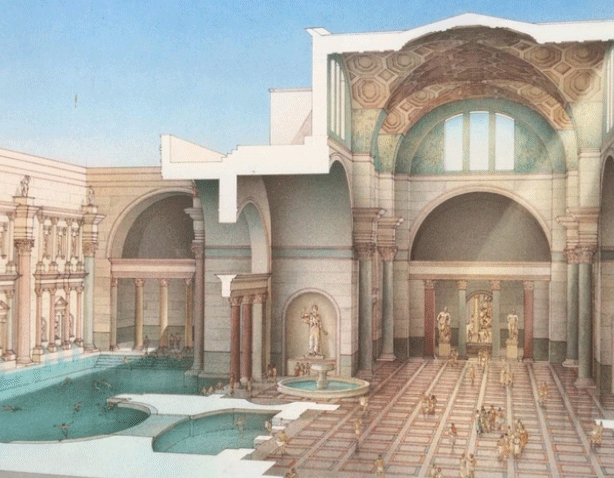
Because fresh water resources were very precious in the primitive period, wealthy families in cities also made bathtubs for water storage. This kind of bathtub is usually in the shape of a long strip, made of stone and earthenware with mud paste, and painted with various dyes on the outside, so it looks noble and elegant. The oldest bath tubs we have unearthed so far originated from the palace of Knossos in Crete and were dated to 1700 BC. It is speculated that the bathtub may be used exclusively by the royal family for bathing the king, because the flowers and colors on the bathtub are quite exquisite, and it does not seem to be made by commoners.
The bathing device popular in Greece in the classical era was a skin scraper invented by the Spartans. This tool can scrape off the dead skin and excess oil on the surface of the human body. It is also speculated that this tool was already used by women at that time to remove excess hair from their bodies. The large baths known to the Romans had been popular throughout Athens in the classical era. The famous father of medicine, Hippocrates, divided baths into three types: cold water baths, salt water baths and hot water baths. People have different curative effects. Philosopher Aristophanes believed that bathing in hot water would distract people, and he once urged young people to “don’t take hot baths”.
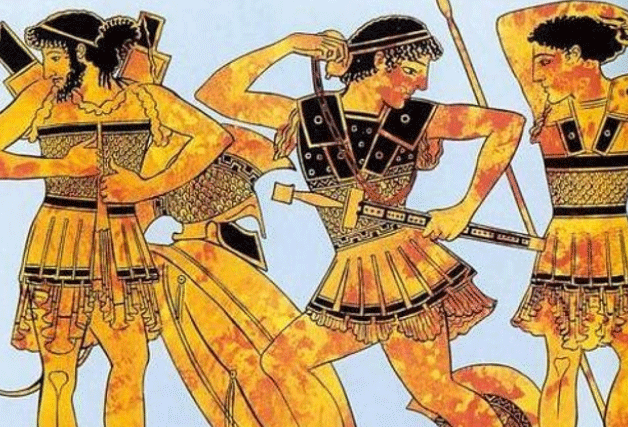
The Romans were originally rough and simple farmers, and their bathing culture was borrowed from the Greeks. The original Romans hated bathing. They believed that the smell of sweat and earth was a sign of a man’s health and maturity, while the delicate and pleasant fragrance represented weakness and femininity. At that time, the Romans would only dust off the ash and mud stuck to their bodies when they were working every day, and almost no one would take a bath on their own initiative. As the Romans conquered the Eastern world, they gradually accepted the Greek bathing customs.
The wealthy Roman authorities began to build more luxurious bathrooms and supporting facilities. By the time of the Julia-Claude dynasty, the city of Rome consumed 350 million gallons of water a day, and the city’s water collection measures were quite perfect. The Roman baths therefore also built cold water, hot water and hot spring baths, which could be used by senators and emperors, and some civilians with status were also allowed to enter on special days. Even the Romans equipped the bathroom with gymnasiums, meeting rooms and “bars”, where poets giving speeches with wine glasses, generals or athletes with beautiful postures, and beautiful princesses or actors can often be seen here.
2. Bathing Customs in Medieval Christian Era
It can be said that as the bathing culture flourished in the Greco-Roman era, the Europeans in the Christian era “repelled” bathing. First of all, there are many statues of pagan gods in the baths built by the Romans, which Christians often regard as “indecent”. The common bathing model popular in the classical period was mixed bathing by men and women, which is also quite different from the values of the church. Therefore, in terms of morality and belief, Christians often reject this indecent bathing behavior.
Secondly, after the barbarians invaded Western Europe, most of the cities around the Mediterranean Sea established by the Romans declined, and Roman civilization began to shift to the east. From this time the luxurious baths buried in the ruined city walls were nearly destroyed, and those with their fine mosaics and marble tiles were destroyed by the Germans, less educated brutes who did not appreciate bathing but often regarded it as A symbol of luxury and corruption. After the emergence of the “monastic movement” throughout Europe, many monks began to pursue the misery and poverty of the body, which set off a fashion trend in Western Europe. At that time, it was generally believed that the cleansing of the body affected the salvation of the soul, and that only by living a life of poverty and suffering could one experience the sufferings that Jesus suffered throughout his life.

Finally, some practical problems also hinder people from carrying out large-scale bathing. The large-scale invasion of the Germanic people brought “blight waves” to Europe again and again, and Europeans in the Middle Ages generally lost their desire for public gatherings. The cities they build often rely on industry and commerce for their livelihoods. Citizens’ poor awareness of water source protection often damages the cleanliness of water sources, eventually leading to water shortages in urban areas. When people can’t even guarantee drinking water, it is difficult to take care of the needs of physical hygiene. However, river pond baths and waterfall baths were very prosperous in country manors, and the “rural people” at that time were much cleaner than the “urban people”.
In the Middle Ages, it was quite common to see a body stinking, and even a whole house or even a whole castle stinks. The earliest “soap” in the world may have appeared in Paris in the 12th century. At that time, country people used suet and wood ash to mix together, and after drying, they could make a very effective deodorant. Once this kind of soap was made, it was monopolized by the nobles of the royal palace at that time. If common people used soap to cleanse their bodies, they would be convicted by the court as a crime.
3. Bathing customs from the Renaissance to modern times
The human body was generally suppressed in the Middle Ages, and the Renaissance, which pursued physical freedom, brought a real “bathing reform” to Europe. With the development of industry, commerce and cities, the Germans finally created a unique European city. Under the influence of the commercial atmosphere, some profitable baths and toilets first opened in Paris during the Renaissance. In the 13th century, Paris began to appear as a bathman to attract customers. At that time, a kind of steam bath from Turkey was popular in Western Europe. This bathing method is similar to today’s sauna, which can clean the body and relieve fatigue.
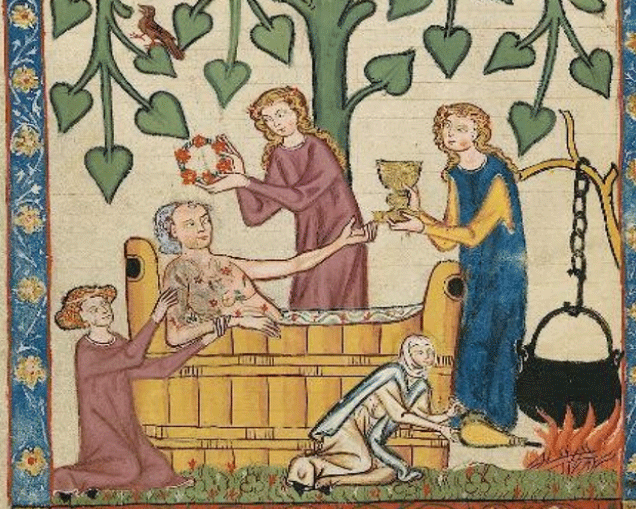
At that time, the rich urbanites also began to buy bathtubs in their homes, and their servants would light a fire for them in the kitchen and keep adding hot water. Women began to use musk, rosemary and other spices in the bathtub in order to add fragrance and charm to their bodies. Soap was expensive until then, and even wealthy people could only use it occasionally on the face, neck or hands. It is worth noting that people have taken care to cover their naked bodies when bathing, and regard it as a shame. This is a huge change that Christian culture brought to Europe. You must know that the Greek and Romans regarded “naked bathing” and exposing their bodies as normal.
In the early modern period, the introduction of syphilis threatened European public bathing activities. In Europe at that time, syphilis was rampant in the willow places, and the bathrooms at that time were often used as places for erotic transactions. As a result, more and more people began to resist public bathing, dismissing it as vulgar. This trend of luxury and pleasure from top to bottom was finally curbed, and people began to invent more convenient and compact bathing tools to accommodate more and more people who are used to enjoying pleasure at home.
In the 18th century, Europeans generally installed washbasin stands at home, and bathing began to be separated from washing the face, brushing teeth and washing hair. At that time, European cities entered a new stage of planning, and the emergence of the central government provided convenience for dredging urban waterways and building unified water supply facilities, which was also a prerequisite for people to wash in their own houses. Due to the improvement of the quality of life and the growth of knowledge, some wealthy Europeans also established their own “resort areas” on the seashore. They occupy pastures by enclosing land, or spend huge sums of money to buy coastal woodlands, in order to build their own villas here. Seaside recuperation at that time has become a capital for rich people to show off to each other.

